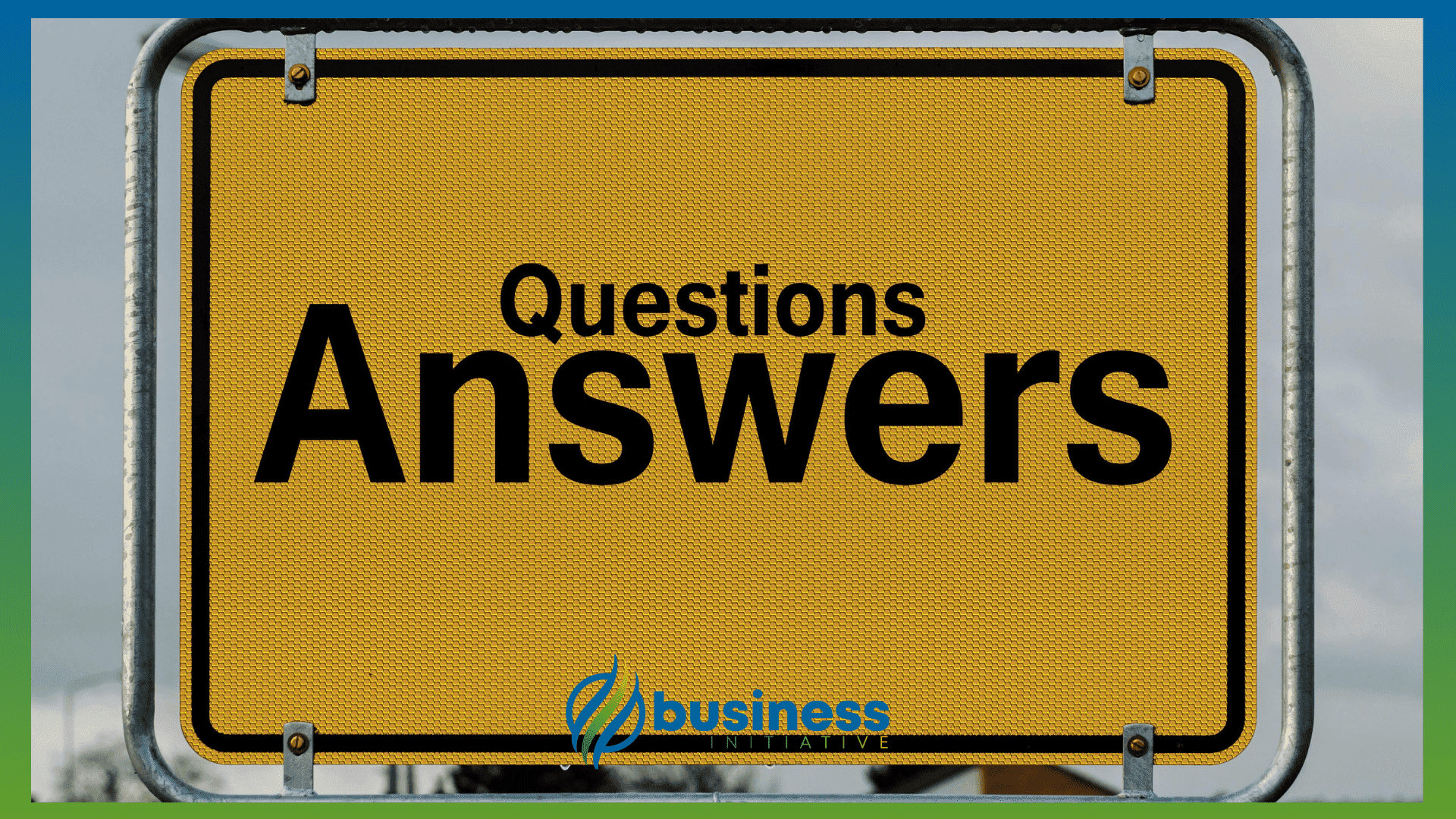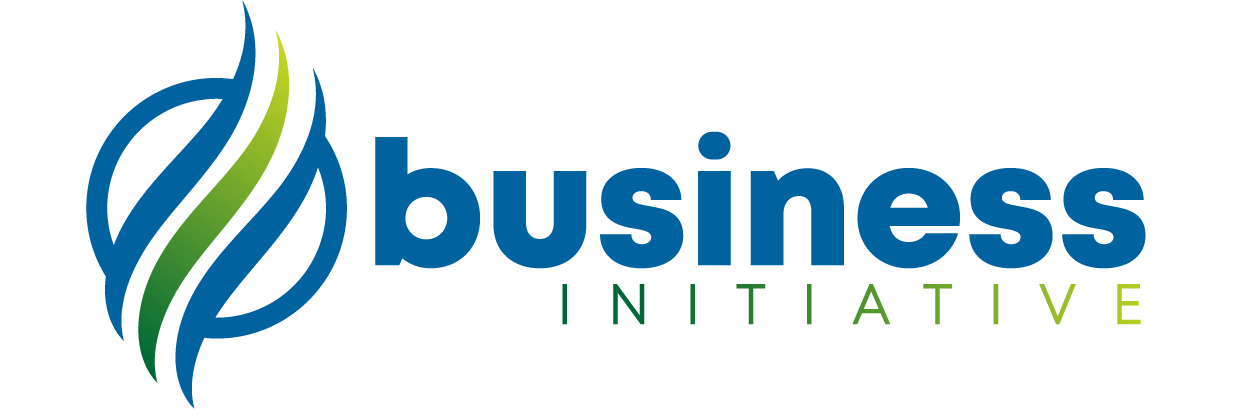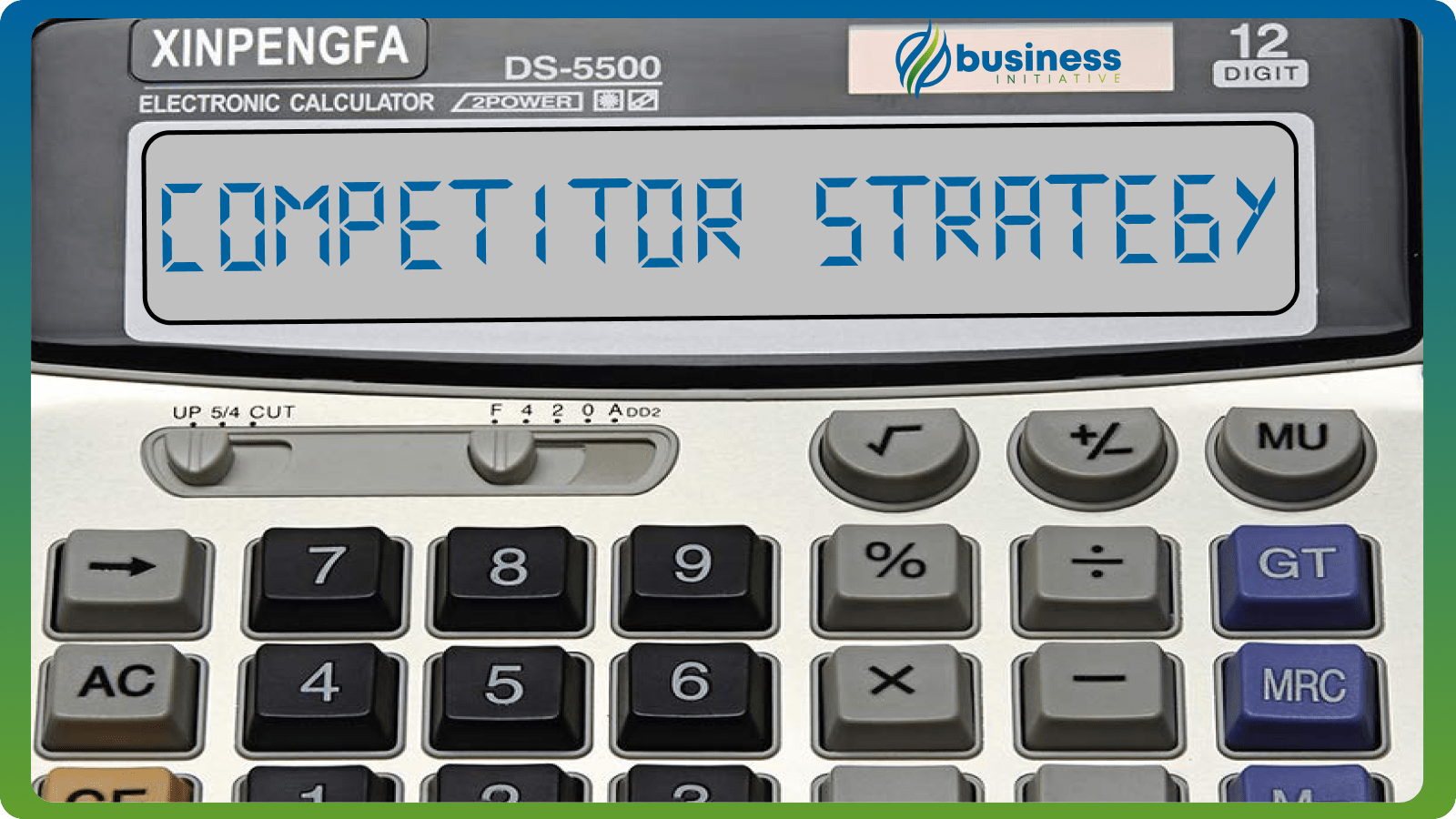Pro Tip: Strategic Analysis
Focus on identifying unique market opportunities rather than just replicating competitor strategies. The most successful counter-strategies often come from finding gaps in competitors' offerings and addressing unmet customer needs.
 Table of Contents
Table of Contents
Analyzer Features
| Feature | Basic | Advanced |
|---|---|---|
| SWOT Analysis | ✓ | ✓ |
| Market Gap Detection | × | ✓ |
| Competitor Profiling | ✓ | ✓ |
| Counter-Strategy Generation | × | ✓ |
| Market Trend Integration | × | ✓ |
| Visual Analytics | ✓ | ✓ |
| Strategy Export | × | ✓ |
Quick Start Guide
Enter Competitor Data
Input competitor URLs and key business metrics
Define Market Context
Specify market conditions and trends
Add Product Details
Input product/service specifications
Review Analysis
Get strategic insights and recommendations
Understanding Competition
Market Analysis
Comprehensive competitive landscape evaluation
Strategic Gaps
Identify untapped market opportunities
Counter-Strategies
Develop effective competitive responses
Performance Metrics
Track and compare market positions
How to Use This Analyzer
Analyzing competitive landscape...
FAQs - Frequently Asked Questions About the Competitor Strategy Analyzer

How do I identify my competitors' key strengths and weaknesses?
Use SWOT analysis and market research to evaluate competitors' products, services, market position, and customer feedback.
Learn More...
Identifying competitors' strengths and weaknesses requires a systematic approach using multiple data sources and analysis methods.
Key areas to analyze include:
- Product/service features and quality
- Pricing strategies and market positioning
- Customer reviews and satisfaction metrics
- Market share and growth trends
- Brand reputation and recognition
The Competitor Strategy Analyzer helps by:
- Automating SWOT analysis
- Tracking competitor performance metrics
- Identifying market gaps and opportunities
- Providing visual competitive landscape mapping
Regular monitoring and updates ensure your competitive intelligence stays current and actionable.
What makes a good counter-strategy against competitors?
Focus on exploiting competitor weaknesses while leveraging your unique strengths and addressing unmet market needs.
Learn More...
Effective counter-strategies combine defensive and offensive elements to create sustainable competitive advantages.
Key components of successful counter-strategies:
- Unique value proposition development
- Market gap exploitation
- Resource optimization
- Customer experience enhancement
- Innovation and differentiation
Implementation considerations include:
- Timeline and resource requirements
- Risk assessment and mitigation
- Market readiness and timing
- Customer impact and feedback
The tool helps develop counter-strategies through data-driven analysis and recommendation generation.
How often should I update my competitive analysis?
Conduct major competitive analyses quarterly, with continuous monitoring of key metrics and market changes.
Learn More...
Competitive analysis frequency depends on market dynamics and industry pace of change.
Recommended monitoring schedule:
- Daily: Track competitor news and announcements
- Weekly: Monitor pricing and promotional changes
- Monthly: Review market share and performance metrics
- Quarterly: Conduct comprehensive strategy review
Key triggers for immediate analysis updates:
- New competitor entry
- Major market disruptions
- Significant competitor strategy shifts
- Technology or regulation changes
The Competitor Strategy Analyzer facilitates regular updates through automated tracking and alerts.
What market trends should I monitor for competitive advantage?
Track industry innovations, customer behavior changes, technological advancements, and regulatory shifts.
Learn More...
Market trend analysis should focus on both immediate and long-term strategic implications.
Critical trend categories to monitor:
- Customer preference evolution
- Technology adoption patterns
- Regulatory environment changes
- Economic indicators
- Industry consolidation trends
The analyzer helps identify trends through:
- Real-time market data analysis
- Trend impact assessment
- Opportunity scoring
- Risk evaluation
Successful trend monitoring requires both quantitative data and qualitative insights.
Integration with strategic planning ensures trends inform decision-making effectively.


